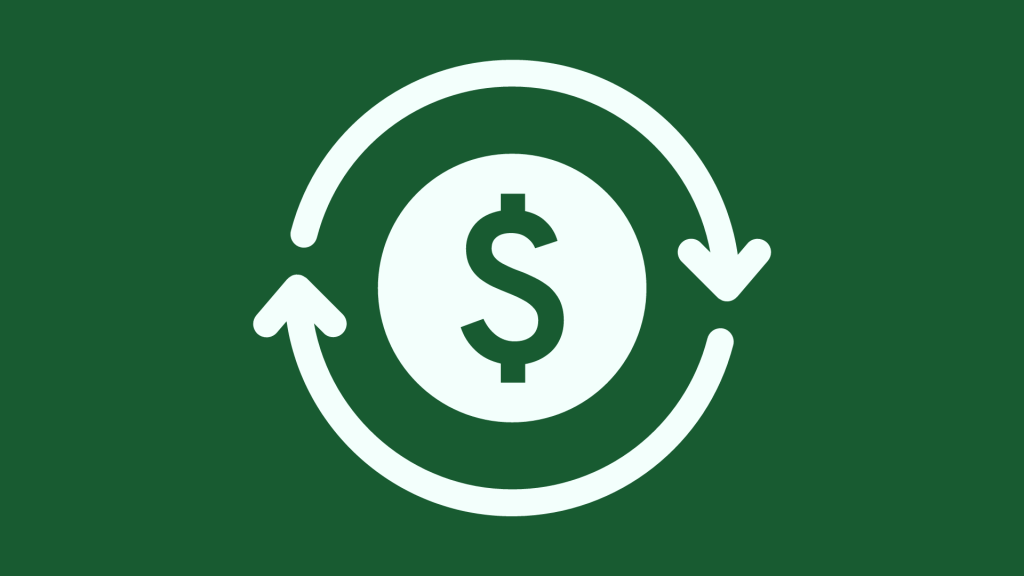For small business owners, cash flow management can be a complex and challenging concept. With a myriad of expenses, investments, and other financial obligations to manage, it is vital for small business owners to understand the principles of cash flow management in order to ensure the financial health of their business. Without an understanding of the principles behind cash flow management, businesses may struggle to stay afloat.
In this blog, we’ll cover the fundamentals of cash flow management, provide insight into how to ensure you are making the most of your money, and offer strategies to help you unlock the secrets to a healthy financial future.
What is Cash Flow Management?
Cash flow management involves understanding how money flows through your business, tracking where it goes and making decisions about how to use it most effectively. It requires careful planning and monitoring of cash inflows and outflows to ensure that there is enough money coming in to cover all expenses. With proper cash flow management strategies in place, businesses can maximize their profits while minimizing their risks.
Positive Cash Flow vs. Negative Cash Flow
Having more cash coming in than going out of a business is a sign of a positive cash flow, indicating that the business is generating enough revenue to cover its costs – a sure sign of a healthy business. Negative cash flow occurs when a company’s cash outflows exceed its cash inflows. This can happen due to high expenses, low sales, or other factors that lead to a decrease in the amount of money coming into the business.
It’s easy to assume that running a successful business means always having positive cash flow and avoiding negative cash flow. However, it is critical for business owners to understand that regardless of what direction their money is moving, they must have a plan of action focused on keeping their operations running smoothly.
Incoming Cash Flow: Best Practices
The best thing you can do in a positive cash flow situation is to optimize your revenue model. Revenue optimization is all about taking action to increase and/or sustain income by assessing any potential weaknesses and exploring ways to make improvements. Here are some tips to make the best of
Know your customers.
By understanding the demographics (age, gender, income, buying frequency, etc.) of your customer base, you can make more informed decisions on how best to reach them with relevant content and offers. This will help ensure that you are providing the best possible experience for each individual customer. Knowing your customers allows you to create effective marketing strategies and build loyalty, which in turn can help you maintain a steady cash flow.
Make Sure You Are Paid on Time
When customers and clients don’t pay on time, it can seriously affect your ability to pay your own bills. Late or missing payments from customers are common financial headaches for businesses that operate on a subscription-based revenue model, in which customers must pay a recurring price at regular intervals for access to a product or service. A well-defined payment structure — with clearly outlined payment terms and conditions — can help ensure that payments from customers are made timely and efficiently. For businesses that take direct payment, any invoices or contracts should include due dates, payment methods, and detailed penalties for late payments. Lastly, be sure to follow up on any late payments. Don’t be afraid to invoice again or call to remind the client.
Outgoing Cash Flow: Best Practices
In business, there is no truer statement than “you’ve got to spend money to make money.” But when it comes to small business cash flow management, It is important to have systems in place to ensure that your outgoing cash flow is managed efficiently and effectively.
Plan for Large and Recurring Expenses
Having a plan for large and recurring expenses is an important step for any business. It helps to keep track of the costs associated with running a business and ensures that you have enough money to pay for them. Regular business expenses include:
- Rent/Mortgage
- Utilities
- Payroll and contractor payments
- Insurance
- Inventory and supplies
Staying on top of your recurring expenses will provide a clearer view of what it takes to truly keep your business afloat. When you know what you need presently, you’ll be able to effectively plan for costs associated with expansion and growth, like infrastructure or hiring more staff.
Practice Comparison Shopping
Comparison shopping helps businesses to find the best vendors and services at the most competitive prices. By comparing different vendors and services, businesses can save money on their purchases and maximize their cash flow. It also allows businesses to take advantage of discounts offered by different vendors. This can help them reduce their expenses and increase their profits. Furthermore, comparison shopping can help businesses identify new opportunities for savings that they may not have been aware of before. Take advantage of your options by doing online research, asking for referrals from other businesses, or attending trade shows. By taking the time to compare different options, businesses can ensure that they are getting the best value for their money. And before you make your final decision on a purchase, be certain that it’s an expense you MUST take on. If you don’t really need it, don’t buy it.
Cash Flow Statement
In order to keep a close eye on your cash flow, consider creating a cash flow statement. Cash flow statements are financial records that show the sources of income and the number of expenses an organization has over a designated time period.
Cash flow statements can help you understand the financial position of your company. They can give you a clearer picture of the financial health of your company, which can help you avoid a cash flow crisis that could cripple your operations.
To create a simple cash flow statement, add up all the cash you received from customers (revenue) and subtract any money paid out to vendors and suppliers (expenses). Subtract accounts payable from accounts receivable. Now that you have a quick glance at your financial needs, you can determine how much money your need to keep in the bank for bills, along with an understanding of your business’s overall financial health. But if you want to get more detailed, you can break down all expenses by type. Then you can compare your income with your expenses and see how they match up each month.
The Bottom Line
In today’s competitive business world, cash flow management is an essential element of success. It can help businesses make sound decisions, stay on top of their finances, and ensure they have enough funds to meet their obligations. But, like any other element of business management, good cash flow management requires knowledge, planning, and discipline. With the right strategies and tools, mastering the art of cash flow management can be easier than you think.

